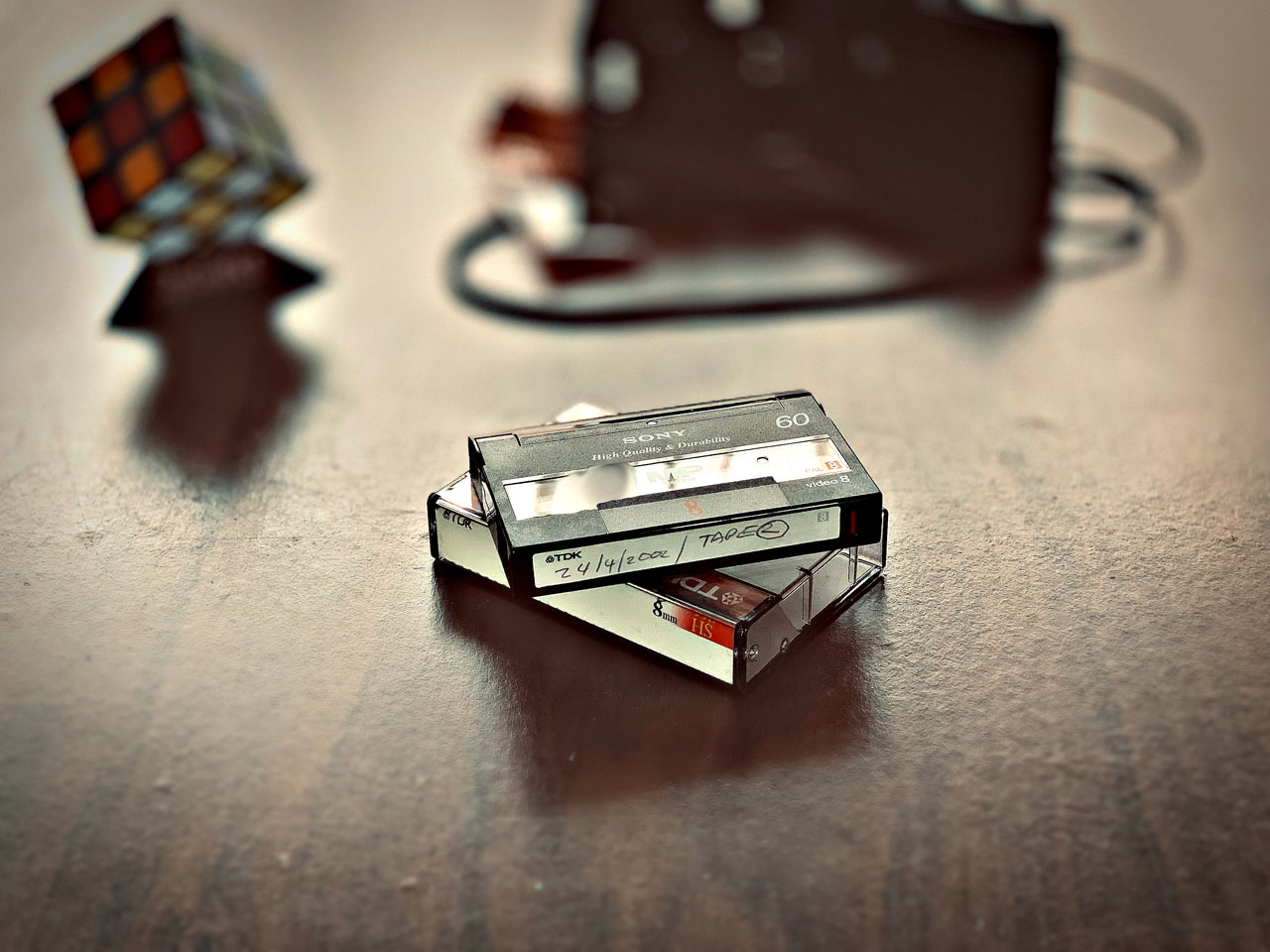Launched in 1995 with joint efforts of leading producers of video camera recorders. The original DV specification, known as Blue Book, was standardized within the IEC 61834 family of standards. These standards define common features such as physical video cassettes, recording modulation method, magnetization, and basic system data. In 2003, DV was joined by a successor format HDV, which used the same tape format with a different video codec. Some cameras at the time had the ability to switch between DV and HDV recording modes. All tape-based video formats are becoming increasingly obsolete as tapeless HD cameras recording on memory cards, hard disk drives, solid-state drives, and optical discs have become the norm, although the DV encoding standard is sometimes still used in tapeless cameras.
These are still pretty common but we have you covered in converting DV for you.








